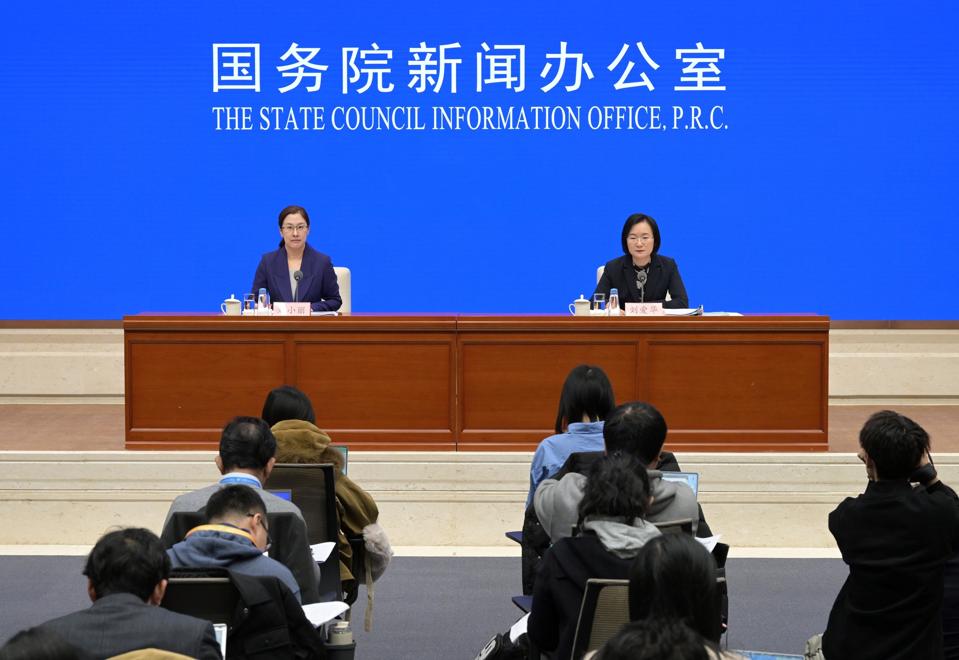China’s leadership sees a need for still more economic stimulus, and predictably, Beijing has turned to its default response: infrastructure spending. At its recent Central Financial Work Conference, the government announced that it has authorized 1.0 trillion yuan ($137 billion) in new bond issues to finance spending on projects, mostly to help flood-damaged regions. Such spending has in the past spurred growth in China’s economy. It is, however, far from certain that in the present circumstances this effort will do the job Beijing wants it to do.
One big reason to doubt the efficacy of Beijing’s newest effort at stimulus is how infrastructure spending in the recent past has failed utterly to have the desired economic effect. These past failures to get a significant economic payoff shows clearly in the precarious finances of local Chinese governments. They have born the burden because Beijing typically forces the financing of its infrastructure plans on local governments. It insists they do the borrowing through what are called local government financing vehicles (LGFVs). Because recent such efforts have failed to create the desired economic payoff, these local governments now face huge debt overhangs, sometimes so burdensome that these government entities now have trouble providing basic services to their populations. Indeed, some local governments have already resorted to using borrowing from new LGFVs to pay off debts left from past infrastructure efforts.
The central government in Beijing, to its credit, has noted the financial plight of local governments and for the first time in a long time, has decided to take the debt for this latest infrastructure effort onto its own balance sheet. This gesture may relieve the financial burdens on local governments, or at least not worsen them, but the question still remains whether this latest round of infrastructure spending will have any better economic payoff than the previous ones, those that have left local governments with such a legacy of debt. Even if this new spending does create an economic payoff, it is far from certain that it will be sufficient to get the Chinese economy moving. After all, the budgeted amount is less than 1.0% of China’s $18 trillion economy.
Aside from struggling to move a huge economy, this latest initiative will also have to overcome the enormous economic drag imposed by China’s severe financial woes. As already mentioned, local governments are struggling. Their accumulated debts, according to Li Daokui, former advisor to the Peoples Bank of China (PBOC) and presently professor at Tsinghu University, have grown to 64 trillion yuan, most from past infrastructure financing. That is more than half the size of China’s gross domestic product (GDP). On top of this burden, China’s financial system must also deal with the enormous failures in residential property development, in which Evergrande and Country Garden take center stage but are far from alone.
China’s financial institutions face still more strain from the understandable refusal of Chinese households to pay on mortgage debt incurred on apartments prebought from now failed developers. With China’s financial system facing such financial burdens, China’s economy could not help but struggle, but the decline in property values that has accompanied these collapses has put further weight on it by so decreasing household wealth that Chinese households have become reluctant to consume.
Clearly worried about these strains, Beijing also announced at the Central Financial Work Conference that it aims to “optimize the debt structure for central and local governments.” Presumably, the decision to finance this latest infrastructure spending with central government treasury bonds is part of that “optimization.” But aside from this one thing, Beijing offered little idea what it means by this phrase. The lack of specificity certainly leaves the sense that Beijing has no notion of what other steps it means to take.
If at this early stage it is impossible to tell if this latest infrastructure initiative will create an economic payoff, it is nonetheless a good bet that the effort is too small to meet the needs of China’s beleaguered economy. Even in the unlikely event that this effort has a huge payoff, China’s economy seems set to continue to struggle into 2024.

